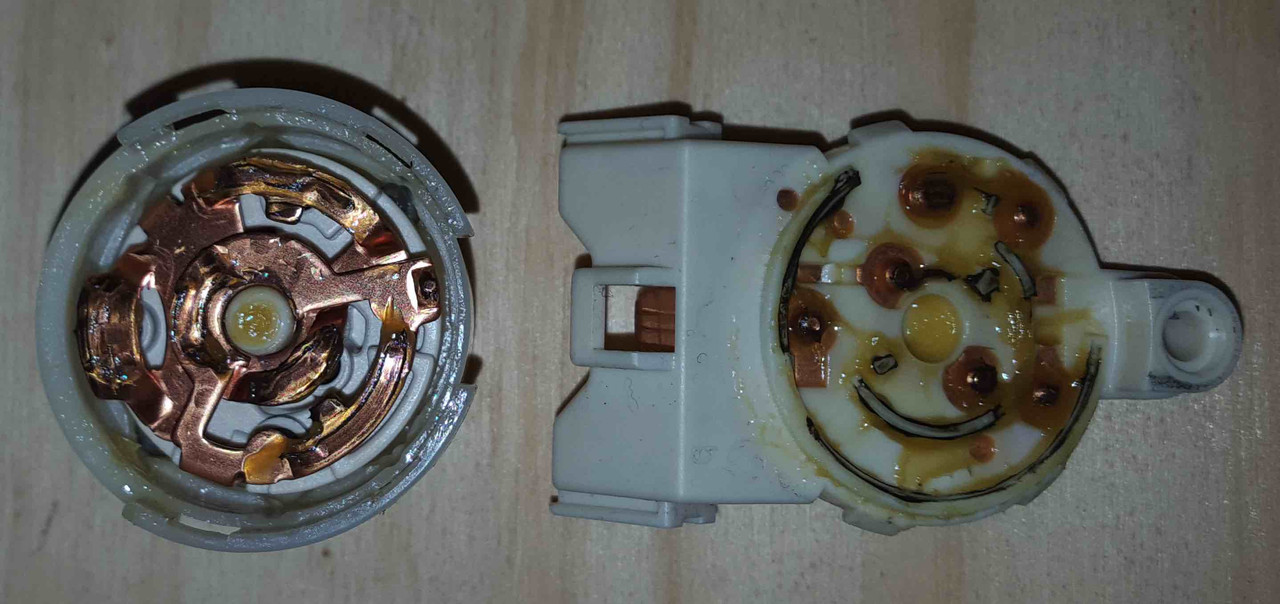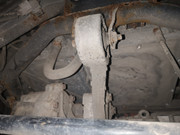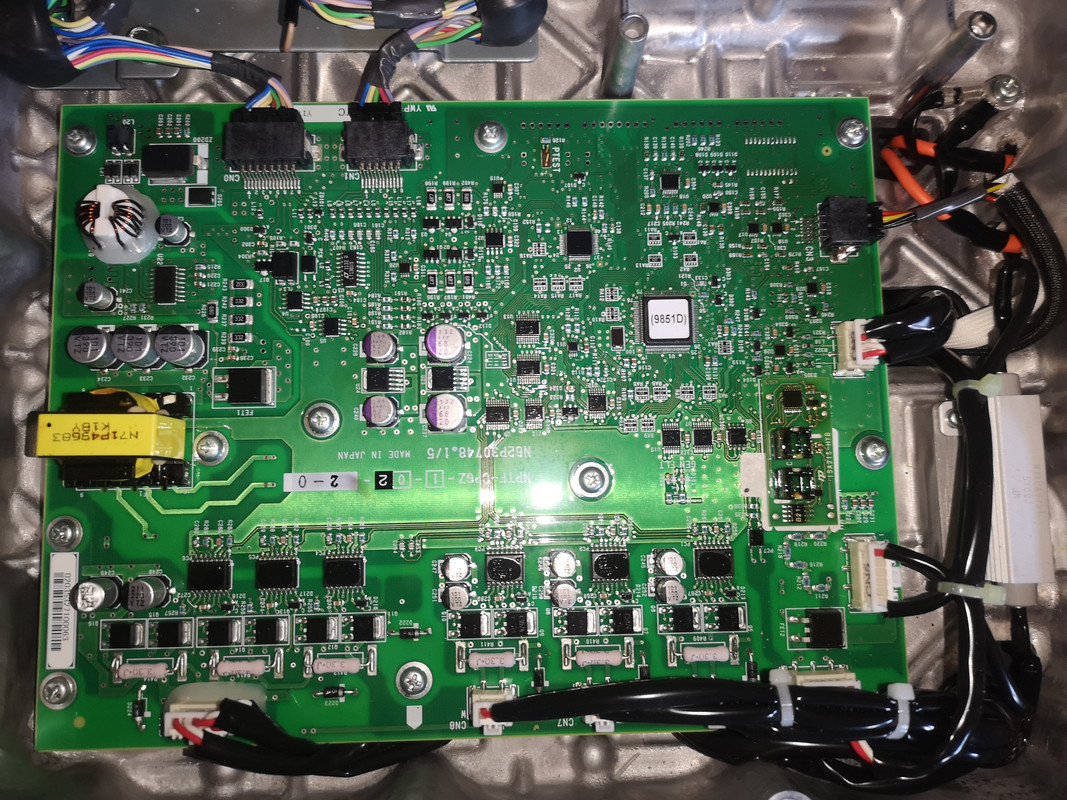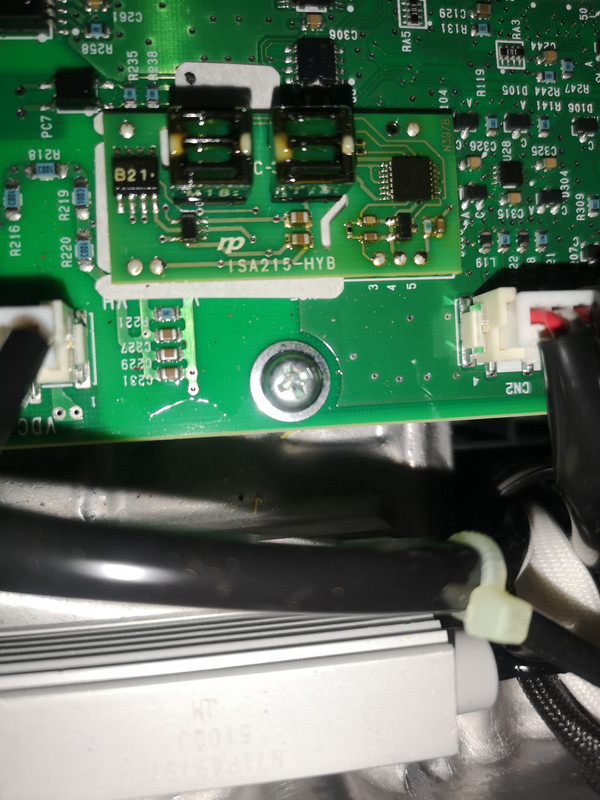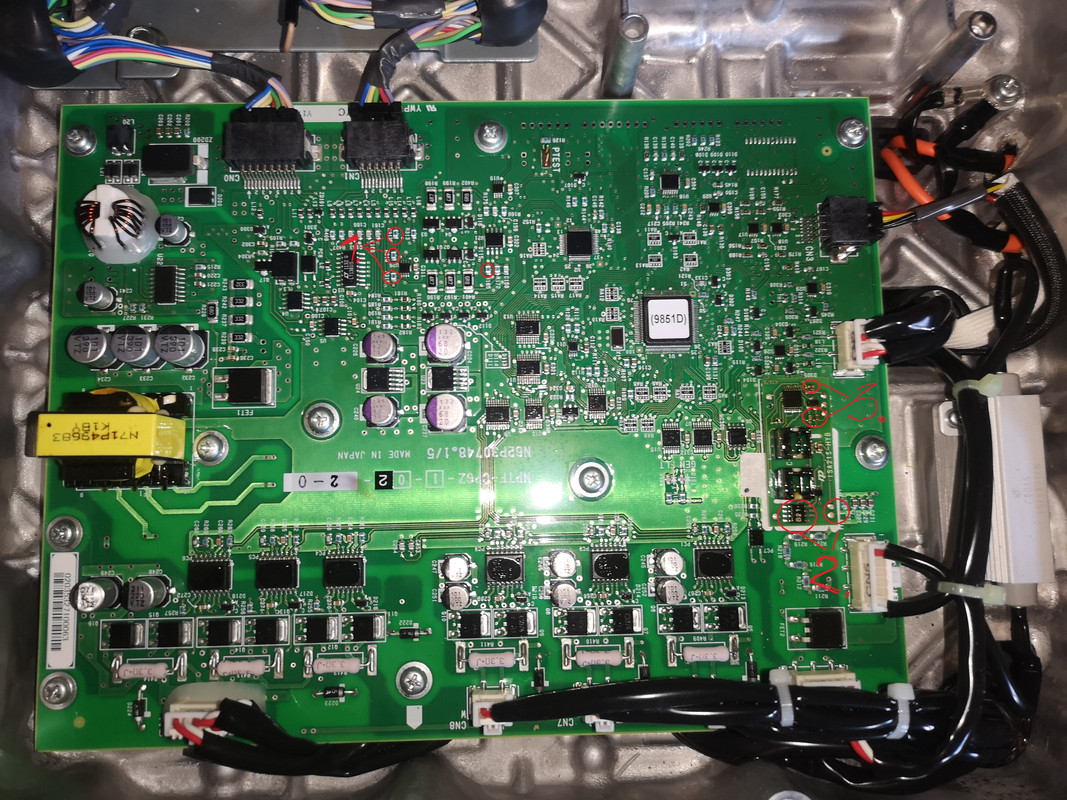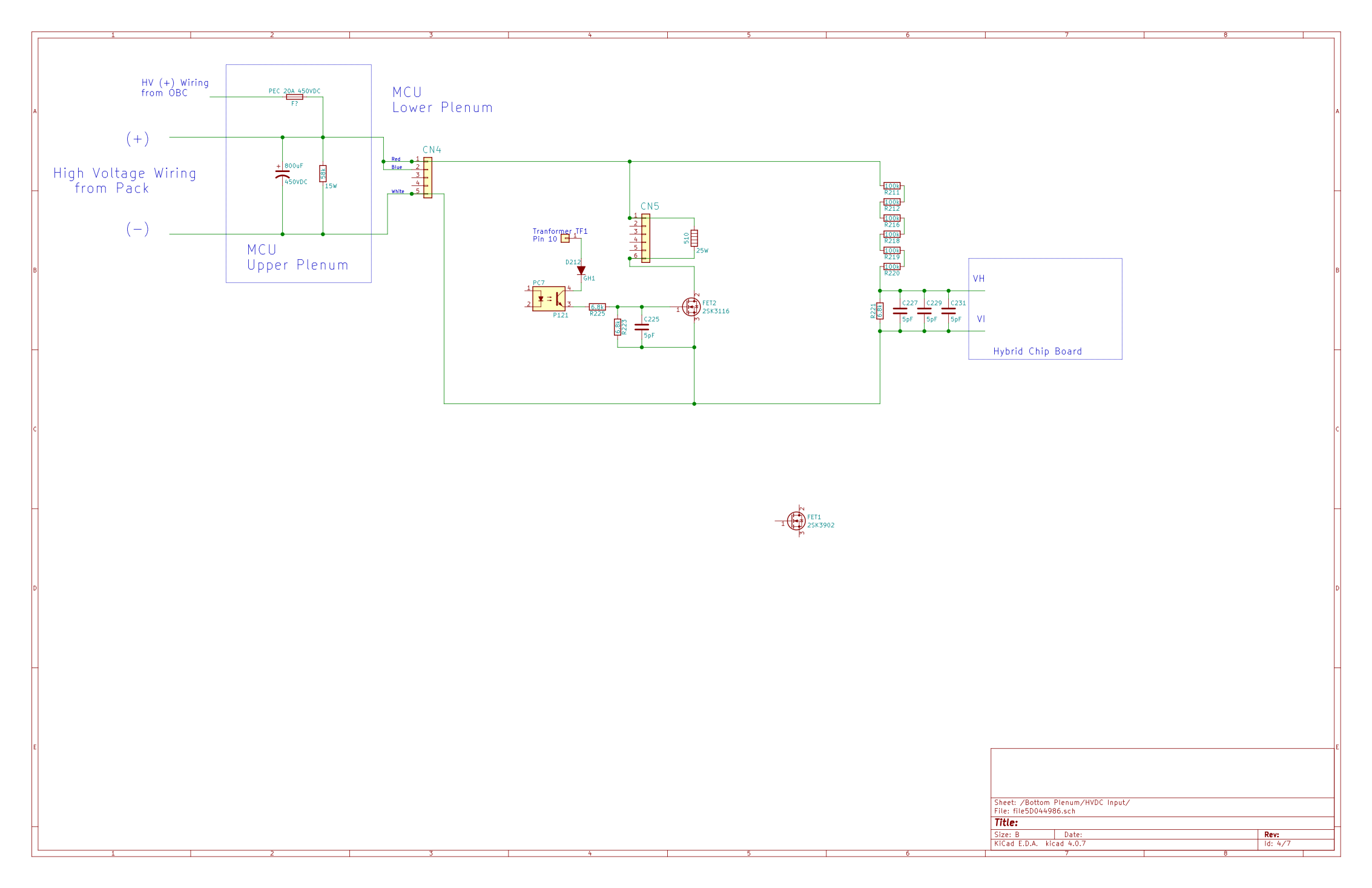Haven't got my own scanner. Borrow 1 from a garage friend (Launch x-341 pro3) I haven't tried 2 start car recently, just gone to ignition on, which is fine. I know that if I try to start @ the moment it will go into fault, so just slowly working my way through every single connector, fuse, etc, trying to find a crappy earth, or corroded terminal. Got another vehicle, so not a problem time wise. The reasoning behind my approach is, in the past I had a Fuel injected Volvo that wouldn't start. Turned out to be a corroded bullet fuse end, for the high pressure fuel pump. Had another that had a SRS fault, and the garage told me it needed new wheel sensors, brake actuator controller etc. Got the car home and traced the fault to an unplugged socket under the back seat. So, if I put the car into a dealership, I expect they will just go through the wholesale process of swapping out perfectly good components, till they eventually arrive at a cure. They haven't got time to be slow and methodical. It maybe I will fail to find anything, and that there is a serious component problem. However, I find that hard to comprehend, as if the fault codes are removed from the car computer, everything is fine. Daft.




